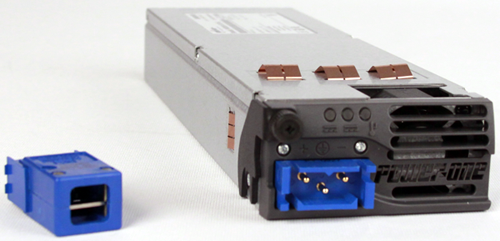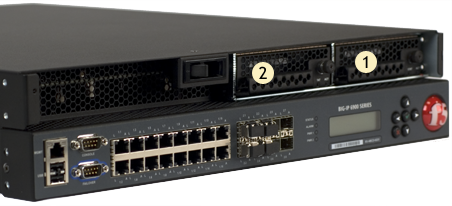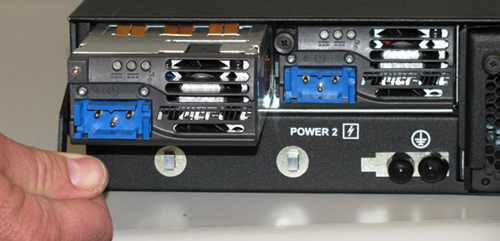Applies To:
Show Versions
BIG-IP AAM
- 12.1.4, 12.1.3, 12.1.2, 12.1.1, 12.1.0, 11.6.4, 11.6.3, 11.6.2, 11.6.1, 11.5.9, 11.5.8, 11.5.7, 11.5.6, 11.5.5, 11.5.4, 11.5.3, 11.5.2, 11.5.1
BIG-IP APM
- 15.0.0, 12.1.4, 12.1.3, 12.1.2, 12.1.1, 12.1.0, 11.6.4, 11.6.3, 11.6.2, 11.6.1, 11.5.9, 11.5.8, 11.5.7, 11.5.6, 11.5.5, 11.5.4, 11.5.3, 11.5.2, 11.5.1
BIG-IP GTM
- 11.6.4, 11.6.3, 11.6.2, 11.6.1, 11.5.9, 11.5.8, 11.5.7, 11.5.6, 11.5.5, 11.5.4, 11.5.3, 11.5.2, 11.5.1
BIG-IP Link Controller
- 15.0.0, 12.1.4, 12.1.3, 12.1.2, 12.1.1, 12.1.0, 11.6.4, 11.6.3, 11.6.2, 11.6.1, 11.5.9, 11.5.8, 11.5.7, 11.5.6, 11.5.5, 11.5.4, 11.5.3, 11.5.2, 11.5.1
BIG-IP Analytics
- 15.0.0
BIG-IP LTM
- 15.0.0, 12.1.4, 12.1.3, 12.1.2, 12.1.1, 12.1.0, 11.6.4, 11.6.3, 11.6.2, 11.6.1, 11.5.9, 11.5.8, 11.5.7, 11.5.6, 11.5.5, 11.5.4, 11.5.3, 11.5.2, 11.5.1
BIG-IP PEM
- 15.0.0
BIG-IP AFM
- 15.0.0
BIG-IP DNS
- 15.0.0, 12.1.4, 12.1.3, 12.1.2, 12.1.1, 12.1.0
BIG-IP ASM
- 15.0.0, 12.1.4, 12.1.3, 12.1.2, 12.1.1, 12.1.0, 11.6.4, 11.6.3, 11.6.2, 11.6.1, 11.5.9, 11.5.8, 11.5.7, 11.5.6, 11.5.5, 11.5.4, 11.5.3, 11.5.2, 11.5.1
Platform Maintenance
About platform maintenance
The 6900 platform contains several components that can be replaced individually without exchanging the entire system. This platform contains the following replaceable components:
- AC power supply
- DC power supply
- Fan tray
- Hard drive
About AC power supplies
BIG-IP® platforms can support up to two AC power supplies. Some platforms come with only one power supply by default. You can hot swap power supplies if there are two installed in your system.

A power supply partially removed from the platform
The platform supports power redundancy, which ensures that the system is unaffected if a single power supply fails in a system containing more than one power supply.
Installing an AC power supply
About DC power supplies
The BIG-IP® platforms support DC power supplies. You can hot swap power supplies if there are two installed in your system. The DC power supply does not have an on/off switch. You can control the power from the rack switch or the DC power source.
The DC power supply includes a DC terminal block that connects the power supply to the DC power source.
The platform supports power redundancy, which ensures that the system is unaffected if a single power supply fails in a system containing more than one power supply.

The 6900 platform DC power supply and terminal block

DC terminal block components
Wiring the DC power supply terminal block
- Wire stripping tool
- Small Phillips screwdriver
- Small flat head screwdriver
Installing a DC power supply
About the fan tray
The 6900 platform has a removable fan tray that is designed to maintain airflow throughout the chassis. You can change or replace the fan tray as part of the routine maintenance of the unit, or in the event of a fan failure. The fans in the fan tray run constantly while the unit is on. Over time, the fans can wear out, requiring you to replace the fan tray.

An example of a fan tray in a platform
Replacing the fan tray
About the hard disk drives
The BIG-IP® 6900 platform has two hot swappable hard disk drives (HDDs). You can change or replace the drives as part of routine maintenance of the unit or in the event of a drive failure.
Troubleshooting a failed hard disk drive
The tasks you perform if you experience a hard disk drive failure vary, depending on the BIG-IP® software version installed on your system.
| BIG-IP Version | Recovery Procedure |
|---|---|
| 10.1 and later | If your system is running a manufacturing installation of 10.1 or later, it supports hard disk drive mirroring using RAID (redundant array of independent disks) by default. For more information, see About hard disk drive replacement on a 10.1 and later system. |
| 10.0.0 | If your system is running version 10.0.0, and your primary hard disk drive (the disk located in the right-hand bay) fails, you have two options. For more information, see About hard disk drive replacement on a 10.0 or 9.x system. |
| 9.x | If your system is running version 9.x, and your primary hard disk drive (the disk located in the right-hand bay) fails, you have two options. For more information, see About hard disk drive replacement on a 10.0 or 9.x system. |
About hard disk drive replacement on a 10.1 and later system
If you are running a manufacturing installation of BIG-IP® software version 10.1 or later, your system supports hard disk drive mirroring using RAID. You can install the replacement drive that you received from F5 Networks into the system.

The front of a platform with front bezel removed and the orientation of the drive bays
- Drive bay 1
- Drive bay 2

An example of a hard disk drive shown partially removed from the system
Identifying the faulty hard disk drive
Replacing a hard disk drive
About hard disk drive replacement on a 10.0 or 9.x system
After you receive a replacement hard disk drive (HDD) from F5®, you can add it to the system; however, you can get the system up and running while you wait.

The front of a platform with front bezel removed and the orientation of the primary and secondary hard disk drives
- Primary hard disk drive
- Secondary hard disk drive
Replacing a hard disk drive on a BIG-IP 10.0 or 9.x system
-
Physically swap the hard disk drives.
- Reinstall the BIG-IP® software.
- Copy a backup configuration file to the system.
- Replace the failed hard disk drive (the one you moved to the left-hand bay) with the new hard disk drive that you receive from F5.











